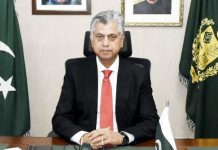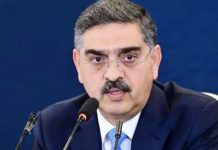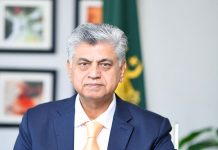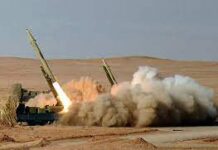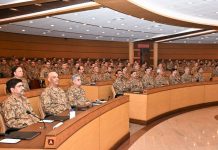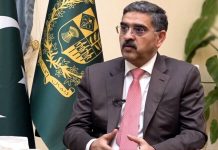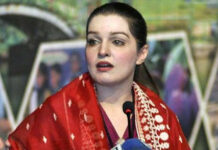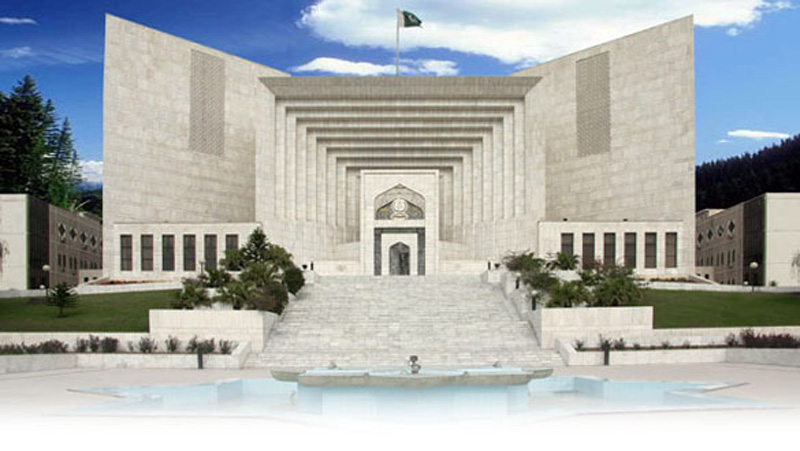
Firebrand Lal Masjid cleric Maulana Abdul Aziz had in 2015 petitioned the court to ensure that the families of those killed in the July 2007 military operation were paid blood money. After the operation, the government and the mosque administration, led by Maulana Aziz, had reached an agreement under which the Capital Development Authority (CDA) would provide an alternative site for the reconstruction of the Jamia Hafsa seminary.
The petition, among other demands, had also called for the CDA to build a new seminary in place of the seminary for women that had been damaged in the 2007 operation and later razed to the ground.
Aziz had also asked the court to order the federal government to implement its October 2, 2007 judgement in the case.
Attorney General of Pakistan Anwar Mansoor Khan was present in court on Thursday as a two-judge bench, headed by Justice Gulzar Ahmed, heard the case.
The attorney general assured the apex court that a seminary would be constructed at the site in question, and said that, administratively, it would fall under the government’s control. On March 12, the Supreme Court had been informed that Lal Masjid was built on government land by the Capital Development Authority (CDA).
“Who had recruited the prayer leader of the mosque,” Justice Faez Essa, a member of the bench, asked the Islamabad chief commissioner. “The Evacuee Properties Trust Board had appointed Maulana Abdullah as the prayer leader,” the chief commissioner replied. After Maulana Abdullah, his son Maulana Abdul Aziz was appointed the imam, the commissioner further said.
“It means Maulana Abdul Aziz was a government employee,” Justice Gulzar observed. The commissioner replied that Aziz was removed from his post in 2004, but he retained control of the mosque. “The mosque had become his personal property,” Justice Gulzar remarked. “Are you saying the government could not vacate the mosque? Justice Ijazul Ahsan, another member of the bench asked.
“In 2007’s operation, the building of Jamia Hafsa was destroyed and 20 kanals of land was allotted in year 2011 on the directives of the Supreme Court,” the chief commissioner informed the court.
“You mean the CDA allotted the state land to a private institution?” Justice Gulzar Ahmed asked. “How can you grant the property of CDA to someone?” he said, adding, “The space could temporarily be used by someone, but it will remain your property.”
He also said that running a private institution on government land was impermissible. “A private institution could only be run on your purchased place,” Justice Gulzar said.
Aziz’s laywer, Advocate Tariq Asad, came to the rostrum to argue that the case was not about one plot, but linked to various matters.
Justice Gulzar asked Asad to apprise the court of what angles of the case had been overlooked, to which the lawyer was unable to furnish an adequate response. Both Justice Gulzar and Asad then exchanged sharp words, with the lawyer telling the court he was not arguing the case “just to pass the time”.
The apex court subsequently wrapped up the case on the government’s assurances. Except for a constitutional petition concerning the Lal Masjid operation, all other miscellaneous applications filed in the case during the past more than 11 years were also disposed of.


